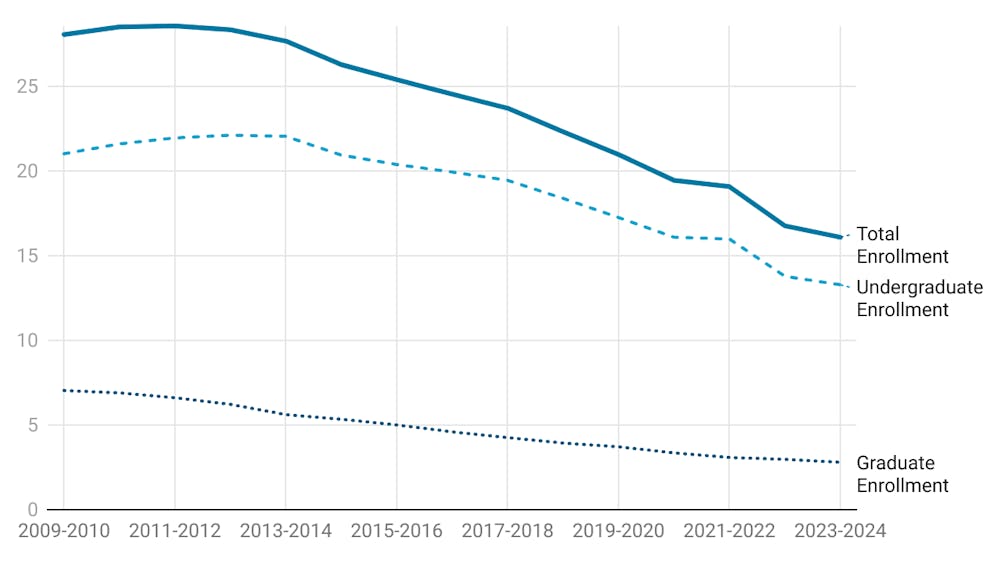With all the medical advancements we’ve made, simple methods end up not being considered. I struggled with acne, and I was desperate to clear my face. Out of all the different treatments, cutting dairy was what helped my acne.
I did everything the dermatologist recommended: I went to several dermatology appointments, I used topical creams and oral medications, I washed my pillowcases each night, I used products only labeled non-comedogenic, I washed my face in cold water and found ways to manage my stress. I did everything the dermatologist recommended me to do and more, but nothing helped me see the improvement I wanted.
I was upset. Acne is frustrating and hard to overlook. Each day that I woke up and started to get ready, it was another reminder that I had acne. So, I read blogs written by those who shared a similar experience and what they did to manage their skin.
Because each blog recognized dairy as a trigger, I confronted my dermatologist and shared the stories I read. However, I was told that food is probably not the cause of my acne because I suffered from “hormonal acne.” I’ve always defined myself as a clean eater. I eat organic and unprocessed foods because I’m against food additives. I believe that what we eat is a direct outcome of how we feel, but the correlation between dairy consumption and acne never crossed my mind until I began researching.
After exhausting myself with the stress of finding the product to cure my acne, I decided to not listen to my doctor and remove as much dairy as I could. I was tired of all the excess treatment. If removing dairy from my diet was the answer to my acne, then I was willing to give it up.
I came to find that completely discarding dairy wasn’t easy due to its prominence in our culture. I struggled to find substitutes, but I became accustomed to living without it.
The studies I’ve read from American Academy of Dermatology, AAD, and WebMD link acne to the hormones found in cow’s milk. An article written by the American Dermatology Association, ADA, also discusses dairy and acne. It was found that dairy has a slight correlation to acne through conducted studies, but is not discussed to be the primary causation. Although it concluded dairy is “weakly” connected to acne, I think otherwise.
Several dairy farms force their cows into pregnancy to produce milk which leads to added hormones in the dairy supply. Many articles, such as an excellent one from Viva!, highlight the idea that cow’s milk is for calves, just as human breast milk is meant for a human baby. Cow’s milk is produced to meet the nutritional needs of a calf; it can trigger acne because of hormone, IGF-1, found in milk which promotes growth.
A Healthline article reads, “Sometimes the hormones in milk can also interact with our own hormones, confusing our body’s endocrine system and signaling breakouts.” This is what led me to believe that my body’s natural reaction, or better yet my body’s natural rejection, was to grow acne when I consumed dairy products, because it was messing with my natural hormones. That is when everything started to make more sense.
I did not wake up the next day and notice an improvement. Over time, however, I did, and each day forward I saw more improvement. I don’t want anyone to think that my skin is flawless, as it’s not, but the type of acne I experienced changed – it’s not as vigorous.
I do believe that acne flares are associated with dairy consumption. I’m not saying that completely removing dairy will clear your skin, but it might minimize the amount or perhaps even the type of acne you have. I recommend giving it a try. It was successful for me.









